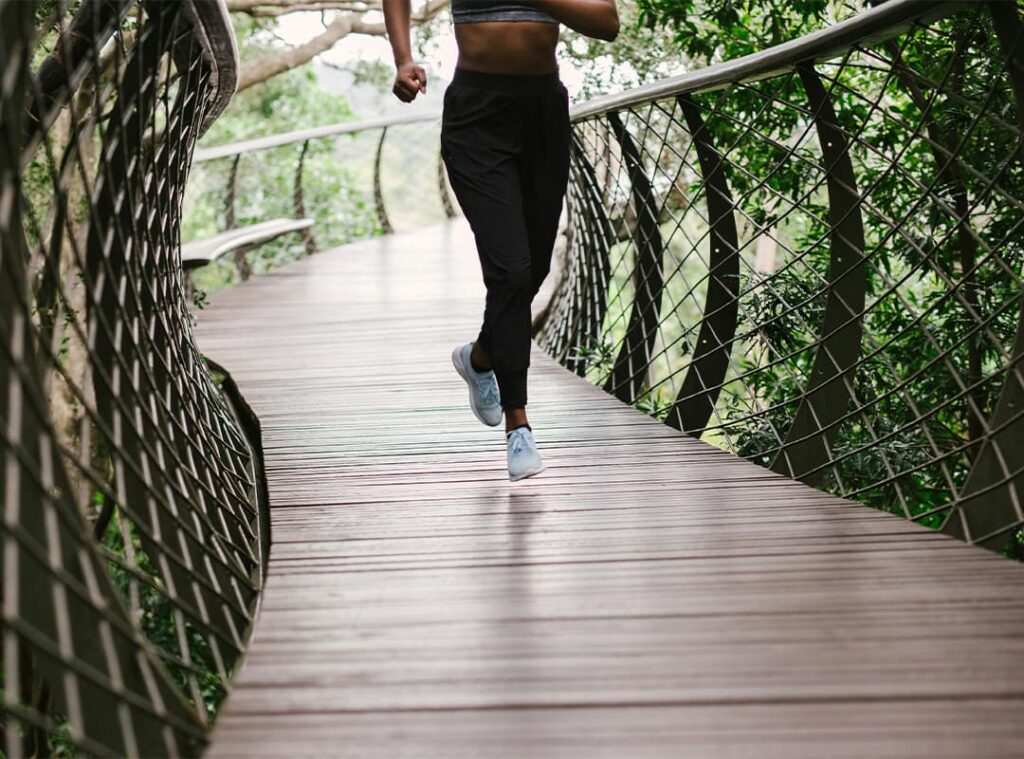Orienteering is a cyclic sport that simultaneously provides a huge mental load. There is no marked corridor here – the orienteer chooses the path along the course independently, using a map and compass. At the same time, the athlete has to find the control points (CPs – a sample in the photo) that make up the course in a given sequence, which is indicated on the map. The map contains detailed information about the terrain, such as terrain forms, vegetation, various artificial objects, obstacles, etc. To succeed in orienteering, an athlete needs an accurate map that is easy to read while running, absolute concentration and the ability to make the right decisions at high speed about the choice of route between controls.
During competitions, orienteers overcome deep ravines or mountains, very overgrown forests or swamps. Competitions are also held in cities. Historic districts, parks. So you need good physical fitness, as well as speed comparable to a 3000-meter steeplechase or marathon run.
Various orienteering competitions are held: individual and relay races; sprints in parks and marathons in the mountains. Orienteering by choice, where participants are free to choose the order of passing control points, and night orienteering, when orienteers use a special lamp that is fixed on their heads or otherwise, are also popular.
The most common one – a distance in a given direction – looks like this: a triangle indicates the start, circles – control points, and a double circle – the finish. Control points are connected by lines and numbered in the order of passage. The participant must choose the path and move from the start to the 1st control, then to the 2nd control, and so on. A marked path usually leads from the last control to the finish line.
Competition uniform: lightweight, stretchy uniform that protects against undergrowth and branches and provides maximum freedom of movement, even when wet.
Shoes: lightweight, durable shoes with special treads on the soles, rubber or metal spikes that provide a confident grip on all types of ground, including mud or bare rocks.
Compass: For orienteering, special sports compasses with a liquid in the middle of the flask are used. There is a wide range of such compasses. The most common are two types: “on the board” and “on the finger”.
Map: the participant receives a special thematic colored map at the start with the course marked in red. The map contains detailed information about the area: terrain, roads, vegetation, and objects such as rocks and stones, buildings, etc.
Control card: Orienteers must make marks on a special card at each control as proof that all controls have been completed in the correct sequence. The device for marking at the control can be a colored pencil, a composter or a special electronic device with which the athlete marks at the control in a special “station” mounted on a metal or wooden stand.
